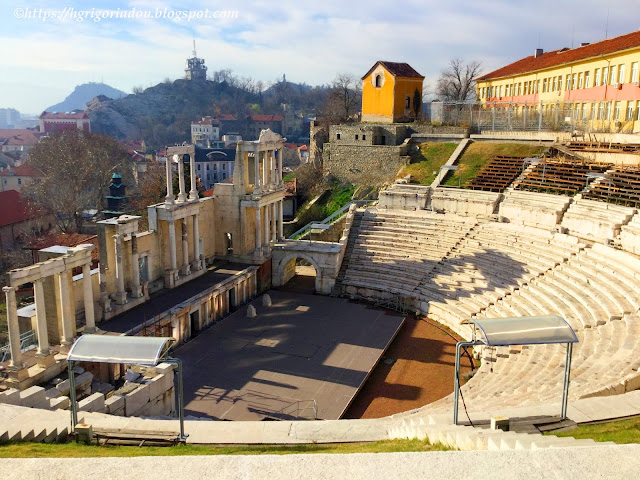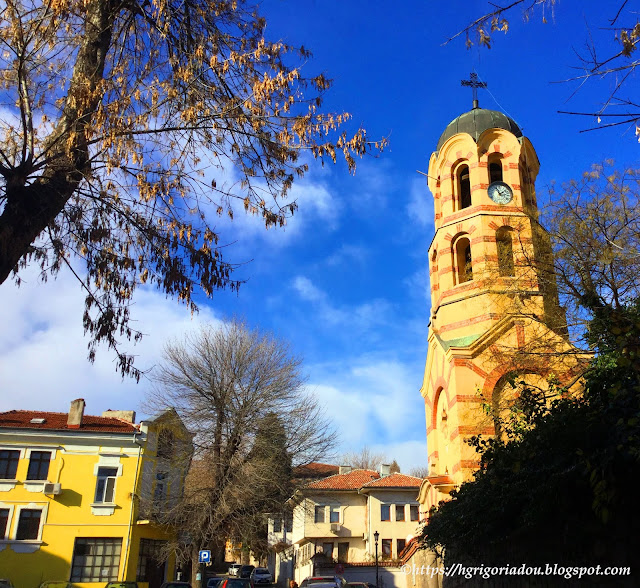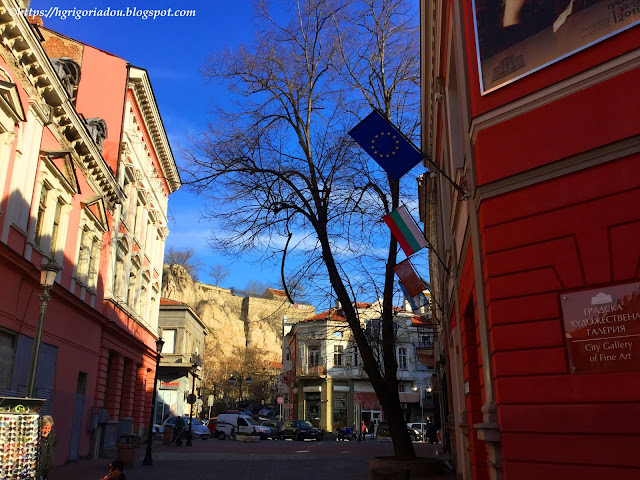Plovdiv claims to be the oldest continually inhabited European city, with more than 6,000 years of history. Evidence of that can be seen in many architectural landmarks dating back to Thracian, Greek, Roman, Byzantine and Ottoman times. Squeezed between the Balkan and the Rodopi Mountains, it has survived for thousands of years on the crossroads between Western Europe and the Middle East.
The town in its present appearance was built around seven hills – the hills of Plovdiv (Plovdiv Tepes) which are an inseparable part of the city’s history.
The old part of Plovdiv, in the heart of the city, which extends over the three hills, features spectacular buildings in the Bulgarian National Revival style, dating back to the nineteenth century, a period of economic and artistic splendour, with houses painted in various colours and attractive wooden balconies.
Here is also the old Roman amphitheater, built by Mark Avreliy, which is the best preserved monument of that time in Bulgaria, the church “Sveti Sveti Constantin and Elena” (“Saints Constantine and Elena”), the Ethnographic Museum, the archaeological complex “Nebet tepe” – the ruins of an ancient Thracian shrine, the fortress of Filipopolis – a famous city From the Roman period, Hisar Kapiya – the eastern gate, built 2000 years ago, as well as many Renaissance houses, which create the specific environment of the old town.

For this year 2019 Plovdiv has prepared an extensive program of cultural activities that remember their origins and under the motto "together" they will create a new legacy for the future uniting the different social groups, ethnic groups and religions that coexist in the city converting it in a better place to live and an attractive destination for new tourists.
As the 2019 European Capital of Culture, there’s never been a better time to visit Bulgaria’s second city.













